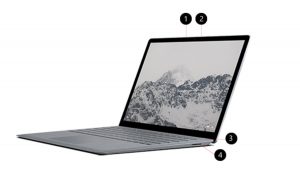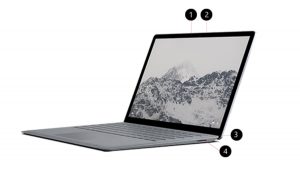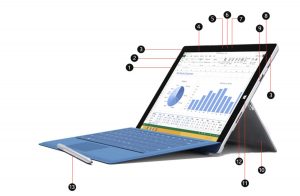How to Setup VPN and Work From Home Office?

Setting up a VPN and a home office for remote work ensures secure access to workplace resources while maintaining productivity. Here’s a step-by-step guide:
Setting Up a VPN for Remote Work
A Virtual Private Network (VPN) creates a secure connection to your company’s network, encrypting your data and allowing you to access resources safely. Follow these steps:
Choose the Right VPN
- Corporate VPN: If your company provides a VPN, they will give you the necessary login credentials and setup instructions.
- Personal VPN: If setting up your own, choose a reputable provider (e.g., NordVPN, ExpressVPN, or Cisco AnyConnect) based on your needs.
My favorite is OpenVPN
OpenVPN is an open-source VPN solution that securely connects devices to a private network via encrypted tunnels. It supports various operating systems and configurations, offering high flexibility and strong security for both corporate and personal use. Users often pair it with dedicated servers or cloud services for reliable and customizable VPN setups.
Install the VPN Software
- Download the VPN client for your device from your company or VPN provider’s website.
- Install it on your primary work devices (PC, laptop, or mobile).
Configure the VPN
- Corporate VPN: Input the server address, username, and password provided by your IT team.
- Personal VPN: Use the provider’s app or instructions to set up a connection. Some services allow auto-configuration.
Connect to the VPN
- Launch the VPN client and log in.
- Choose the appropriate server (usually provided by your employer for corporate VPNs).
Test the VPN
- Confirm you can access company resources like intranets, email servers, or shared drives.
- Test for speed and connection stability.
Secure Your Connection
- Ensure the “Kill Switch” feature is enabled to cut off the internet if the VPN disconnects unexpectedly.
- Use multi-factor authentication (MFA) if your VPN supports it.
Setting Up a Home Office for Remote Work
For a home office setup, you need a comfortable workspace, ergonomic furniture, a reliable computer, high-speed internet, communication tools (e.g., Zoom, Slack), proper lighting, and essential software for your tasks. Add personal touches for motivation.
Designate a Workspace
- Choose a quiet area with minimal distractions.
- Ensure proper lighting and ventilation for comfort.
Set Up Ergonomic Furniture
- Use a comfortable chair with lumbar support and a desk at the correct height.
- Adjust your monitor to eye level to prevent neck strain.
Equip Essential Tools
- Computer: A reliable laptop or desktop with the required specifications.
- Peripherals: Monitor, keyboard, mouse, and printer/scanner if needed.
- Headset or Microphone: For clear audio in virtual meetings.
Ensure Stable Internet
- Opt for high-speed broadband or fiber-optic connections.
- Use a wired Ethernet connection for stability, or ensure your Wi-Fi is strong near your workspace.
Install Necessary Software
- Productivity tools (e.g., Microsoft Office, Google Workspace).
- Communication platforms (e.g., Zoom, Microsoft Teams, Slack).
- Security software (firewall, antivirus, and anti-malware).
Optimize Your Workspace
- Use cable organizers to keep your desk tidy.
- Add personal touches like plants or photos to make the space inviting.
Maintain a Routine
- Set a schedule for work hours.
- Take breaks to stretch and avoid burnout.
Security Tips for Working from Home
- Use strong, unique passwords for your VPN and accounts.
- Enable encryption on your Wi-Fi network.
- Regularly update all software to patch vulnerabilities.
- Be cautious of phishing emails or suspicious links.
By combining a secure VPN setup with a functional and comfortable home office, you can ensure productivity and data safety while working remotely.







